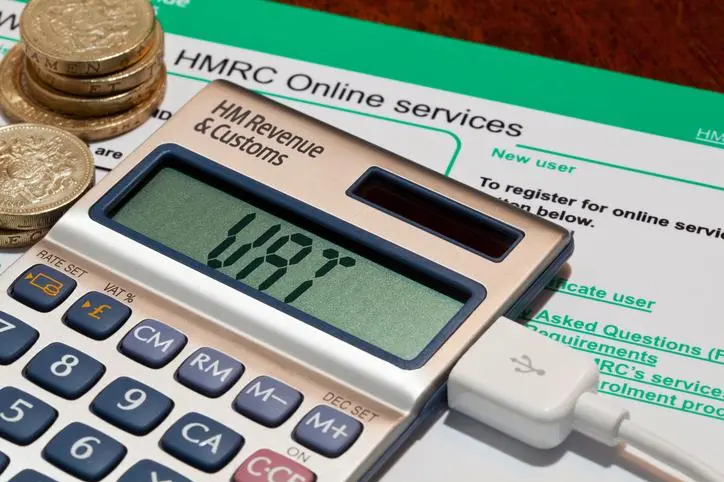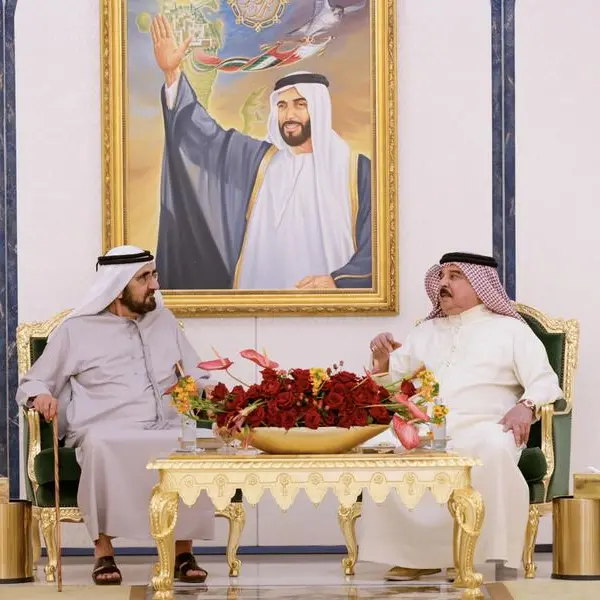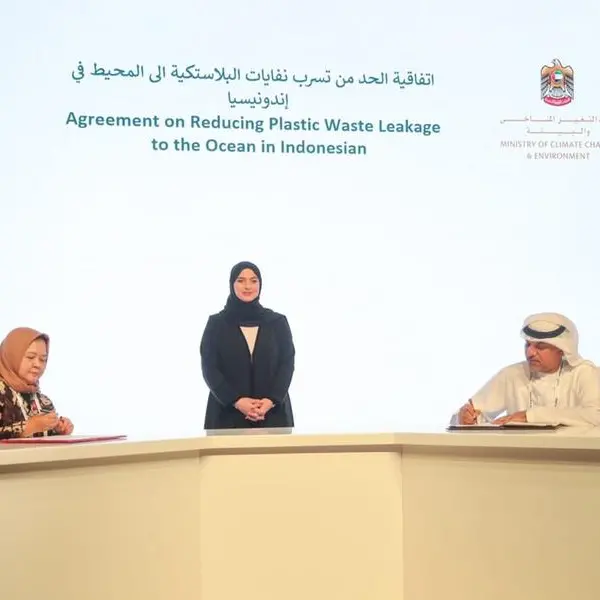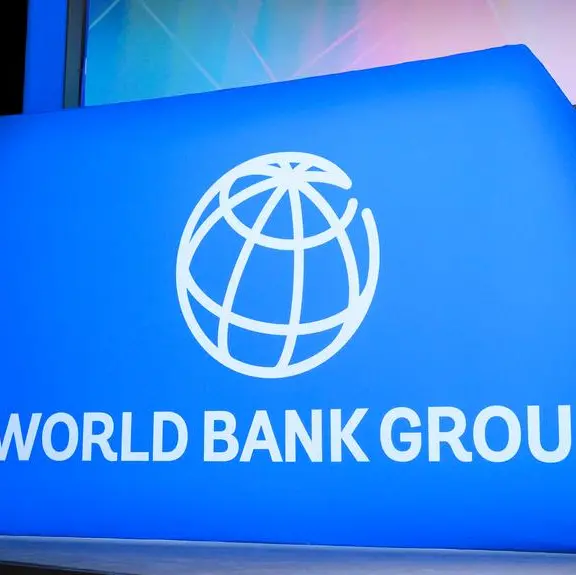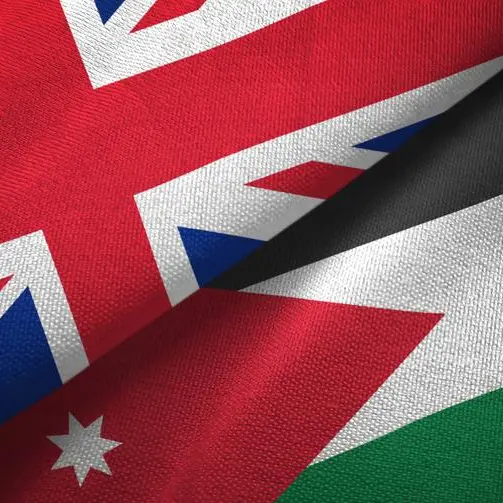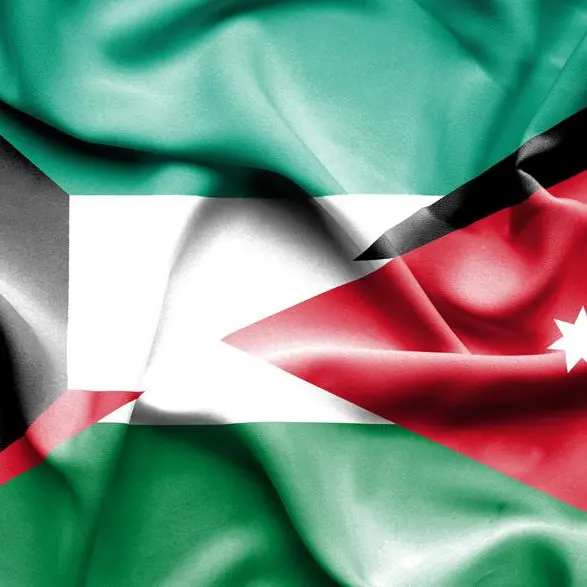PHOTO
Dr. Paul Wetterwald, Chief Economist for Indosuez Wealth Management provides a Macro Pulse on Saudi Arabia’s Consumer Price Index (CPI).
Saudi Arabia’s government is trying to reduce its dependency on oil revenue. Amongst various measures to rebalance its budget it introduced a five per cent value-added tax (VAT) on 1 January 2018 and cut subsidies on fuel and electricity. It was no surprise that this plan forwarded some household spending in December, that is before the introduction of the VAT, and had a negative impact on the business climate of the non-oil sector, as it is reflected in the sharp decrease of the purchasing managers index to an all-time low of 53 in January 2018.
Now it is the turn of the CPI to reflect the VAT’s introduction: it increased by 3.95 per cent in the month of January, and by three per cent year-on-year, lessening the households’ purchasing power. There is no attempt to downplay the various impacts of VAT, but but it must be emphasised that on the inflation front the base effect linked to the VAT’s introduction will dissipate in 12 months from now. The same happened in Japan in April 2014 when the VAT rate’s hike from five per cent to eight per cent allowed the National CPI to change to reach +3.7 per cent y/y in May 2014, before receding to +0.5 per cent 12 months later. Base effects at play may also be linked to other factors than VAT rate changes. Variations in the currencies rate of exchange can also generate significant inflationary impacts, and as such be reflected in the CPI. We provide below two cases of such impacts, one for a mature economy (the UK), and one for an emerging country (Egypt).
In the UK case, the Brexit decision in June 2016 led to a sharp weakening of the pound, which translated into an inflation rate reaching 3.1 per cent year-on-year in November 2017. Since then, the CPI did not decline below 3 per cent, prompting the Bank of England to warn the market that the monetary policy’s tightening will come sooner and stronger than expected. On its side, Egypt devaluated its currency by almost 50 per cent in November 2016. This contributed to send the inflation rate rocketing to +31.9 per cent year-on-year in August 2017, before cooling down to 17.1 per cent year-on-year in January 2018. Reverting to the Saudi case, direct forex impacts on the CPI can be excluded as long as the Saudi Riyal remains pegged to the dollar, as it is since June 1986. Termination of the peg is not forecast for the foreseeable future.
© 2018 CPI Financial. All rights reserved. Provided by SyndiGate Media Inc. (Syndigate.info).
